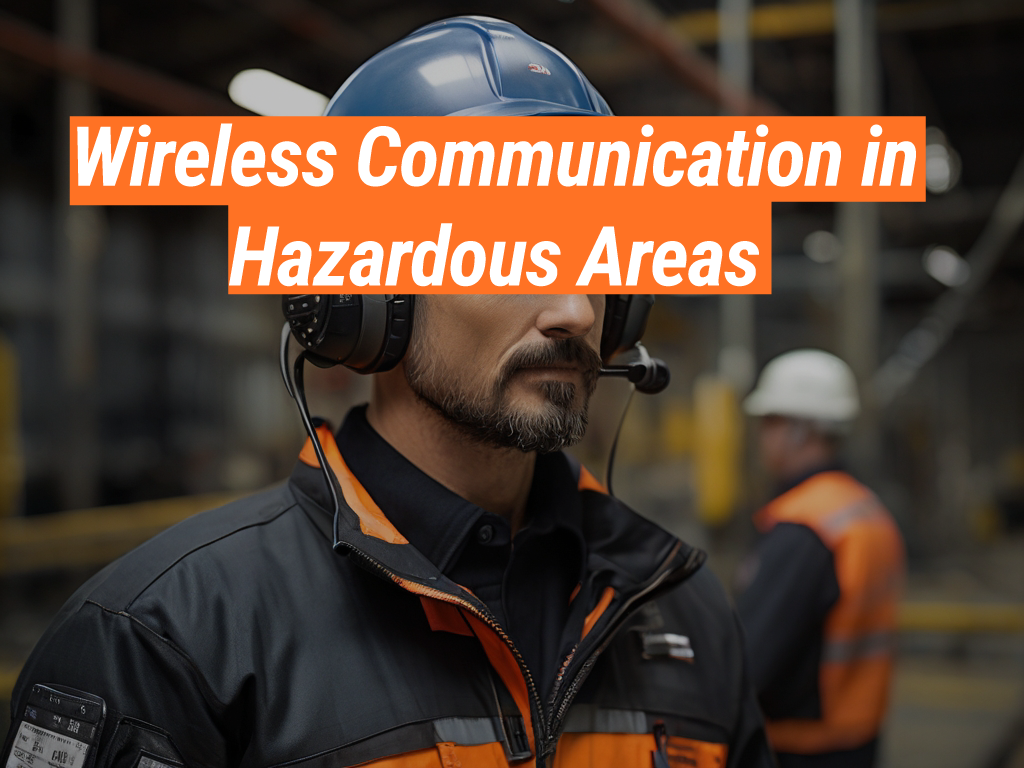Wireless communication has revolutionized the way we connect and interact, and this is particularly true in hazardous environments. In this article, we will explore the role of wireless communication in hazardous areas, the benefits it brings, and how companies like Intrinsically Safe Store are leading the way in providing solutions for these challenging environments. We invite you to visit our website to learn more about our innovative products and services.
The Importance of Wireless Communication in Hazardous Areas
Wireless communication is a critical component in hazardous areas such as oil and gas plants, chemical factories, and mining sites. These environments pose significant risks, and effective communication is essential to ensure safety and operational efficiency.
- It enables real-time monitoring and control of equipment and processes, reducing the risk of accidents and improving productivity.
- It facilitates quick and efficient response in case of emergencies, potentially saving lives and minimizing damage.
- It allows for remote operation, reducing the need for personnel to enter high-risk areas.

Challenges and Solutions
Despite its benefits, implementing wireless networking in hazardous areas is not without challenges. These include interference from equipment and structures, signal attenuation due to harsh environmental conditions, and the risk of ignition in explosive atmospheres.
Companies like Intrinsically Safe Store are at the forefront of addressing these challenges. We offer a range of intrinsically safe and explosion-proof devices designed to operate safely and reliably in hazardous areas.
Case Study: Wireless Communication in the Oil and Gas Industry
The oil and gas industry is a prime example of where wireless communication has made a significant impact. A study by the American Petroleum Institute found that wireless technology could reduce maintenance costs by up to 68% and improve operational efficiency by 12%.
Wireless sensors are used to monitor equipment and environmental conditions, providing real-time data that can be used to optimize operations and prevent accidents. Mobile devices enable workers to communicate effectively, access information, and respond quickly to emergencies.
The Future of Wireless Communication in Hazardous Areas
The future of wireless networking in hazardous areas looks promising, with advancements in technology and increased adoption across various industries. According to a report by MarketsandMarkets, they expect the global market for wireless communication in hazardous areas to reach $1.16 billion by 2023, growing at a CAGR of 7.5% from 2018 to 2023.
Emerging technologies such as the Internet of Things (IoT), 5G, and artificial intelligence (AI) will further enhance the capabilities of wireless networking in these environments, enabling operations to become more efficient, safer, and smarter.
Advancing Safety: Wireless Communication in Hazardous Areas
Wireless communication is transforming the way we operate in hazardous areas, improving safety, efficiency, and productivity. Companies like the Intrinsically Safe Store are playing a crucial role in this transformation, providing innovative solutions that meet the unique challenges of these environments.
As technology continues to evolve, we can expect to see even more exciting developments in this field. If you’re interested in learning more about wireless communication in hazardous areas or exploring the range of products and services available, we invite you to contact Intrinsically Safe Store today.


























